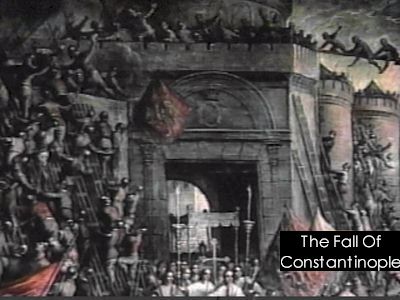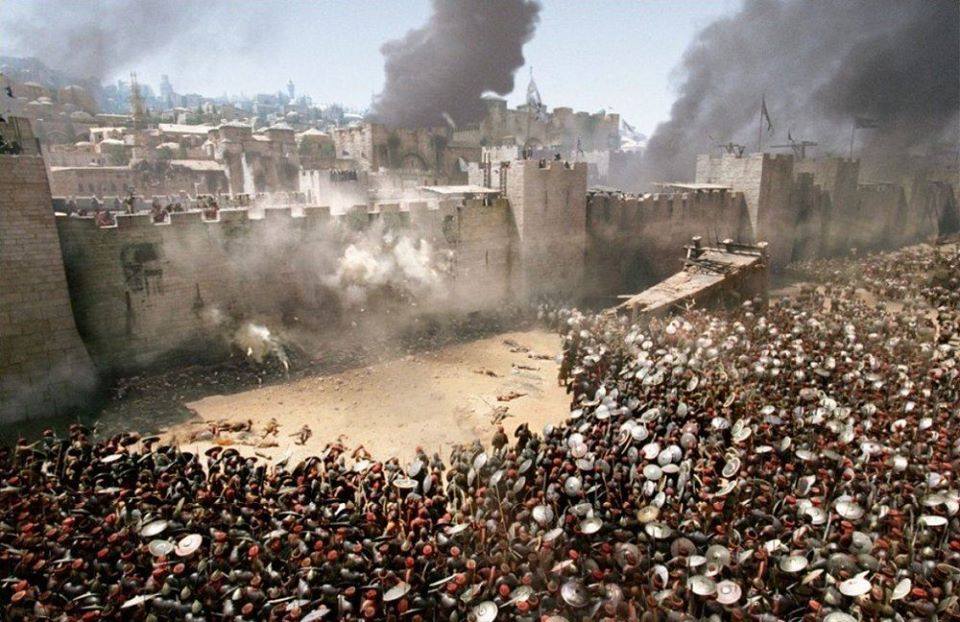

In April 1453, the Ottoman Sultan Mehmed II laid siege to Constantinople with an army perhaps numbering as many as 80,000 men. Finally, the most important concern was the growing Ottoman Empire, which by 1449 completely surrounded Constantinople. Constantine and his predecessor John VIII both believed a union between the Orthodox and Catholic Churches was needed to secure military aid from Catholic Europe, but much of the Roman populace opposed the idea. The second concern was the religious disunity within what little remained of his empire.

Despite attempts by Constantine's friend and confidant George Sphrantzes to find him a wife, Constantine ultimately died unmarried. First, there was the issue of an heir, as Constantine was also childless. Constantine's brief reign would see the emperor grapple with three primary concerns.

In 1448, John VIII died without children, and as his favored successor, Constantine was proclaimed emperor on 6 January 1449. Although ultimately unsuccessful, Constantine personally led a campaign into Central Greece and Thessaly in 1444–1446, attempting to extend Byzantine rule into Greece once more.

Together, they extended Roman rule to cover almost the entire Peloponnese for the first time since the Fourth Crusade more than two hundred years before and rebuilt the ancient Hexamilion wall, which defended the peninsula from outside attacks. In 1427–1428, Constantine and John fended off an attack on the Morea (the Peloponnese) by Carlo I Tocco, ruler of Epirus, and in 1428 Constantine was proclaimed Despot of the Morea and ruled the province together with his older brother Theodore and his younger brother Thomas. This does not mean that Constantine was not also a skilled administrator: he was trusted and favored to such an extent by his older brother, Emperor John VIII Palaiologos, that he was designated as regent twice during John VIII's journeys away from Constantinople in 1423–14–1440. Based on his career and surviving contemporary sources, Constantine appears to have been primarily a soldier. Little is known of his early life, but from the 1420s onward, he is repeatedly demonstrated to have been a skilled general. Constantine's death marked the definitive end of the Eastern Roman Empire, which traced its origin to Constantine the Great's foundation of Constantinople as the Roman Empire's new capital in 330.Ĭonstantine was the fourth son of Emperor Manuel II Palaiologos and Helena Dragaš, the daughter of Serbian ruler Konstantin Dejanović. Constantine XI Dragases Palaiologos or Dragaš Palaeologus ( Greek: Κωνσταντῖνος Δραγάσης Παλαιολόγος, Kōnstantînos Dragásēs Palaiológos 8 February 1405 – ) was the last Roman (Byzantine) emperor, reigning from 1449 until his death in battle at the Fall of Constantinople in 1453.


 0 kommentar(er)
0 kommentar(er)
